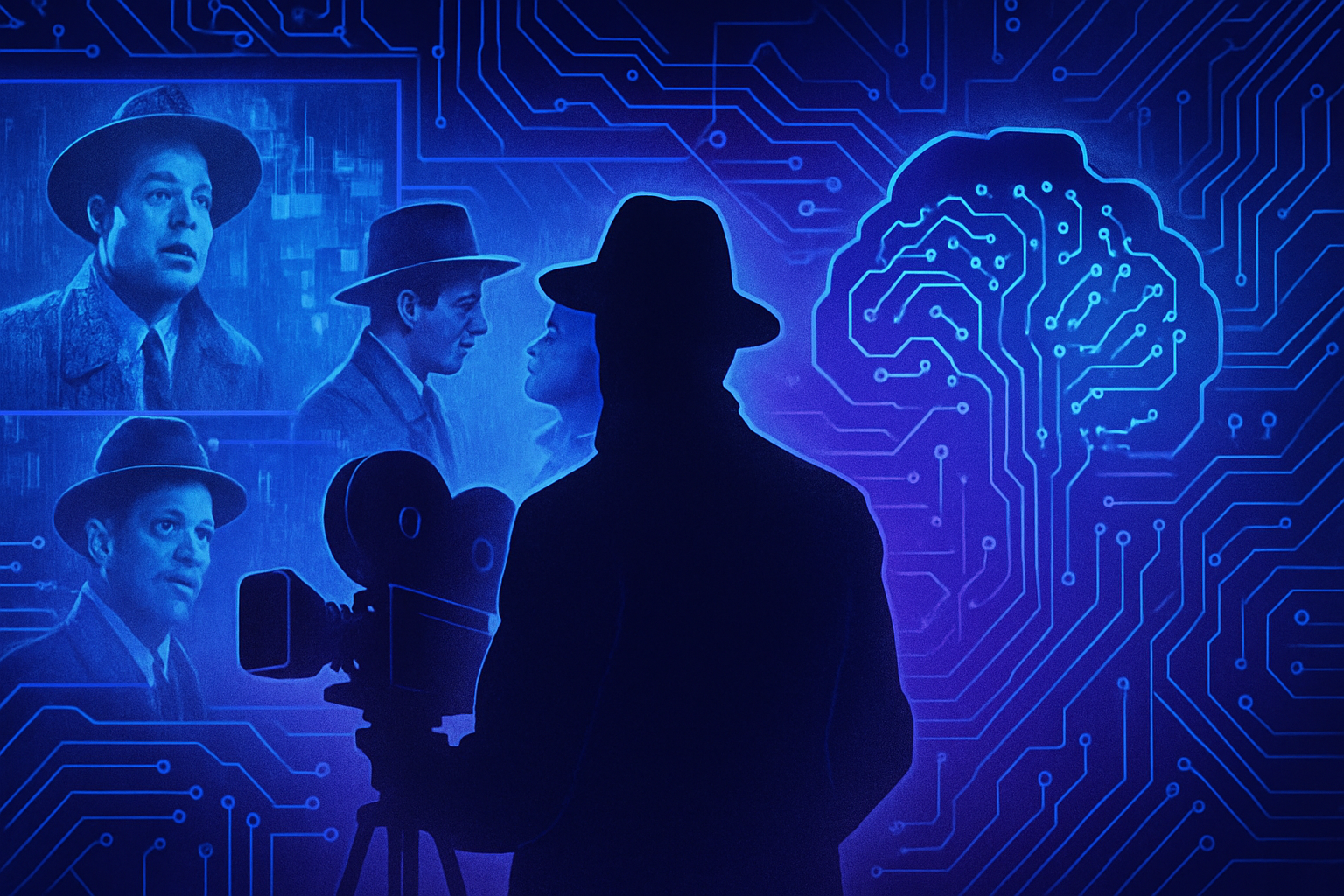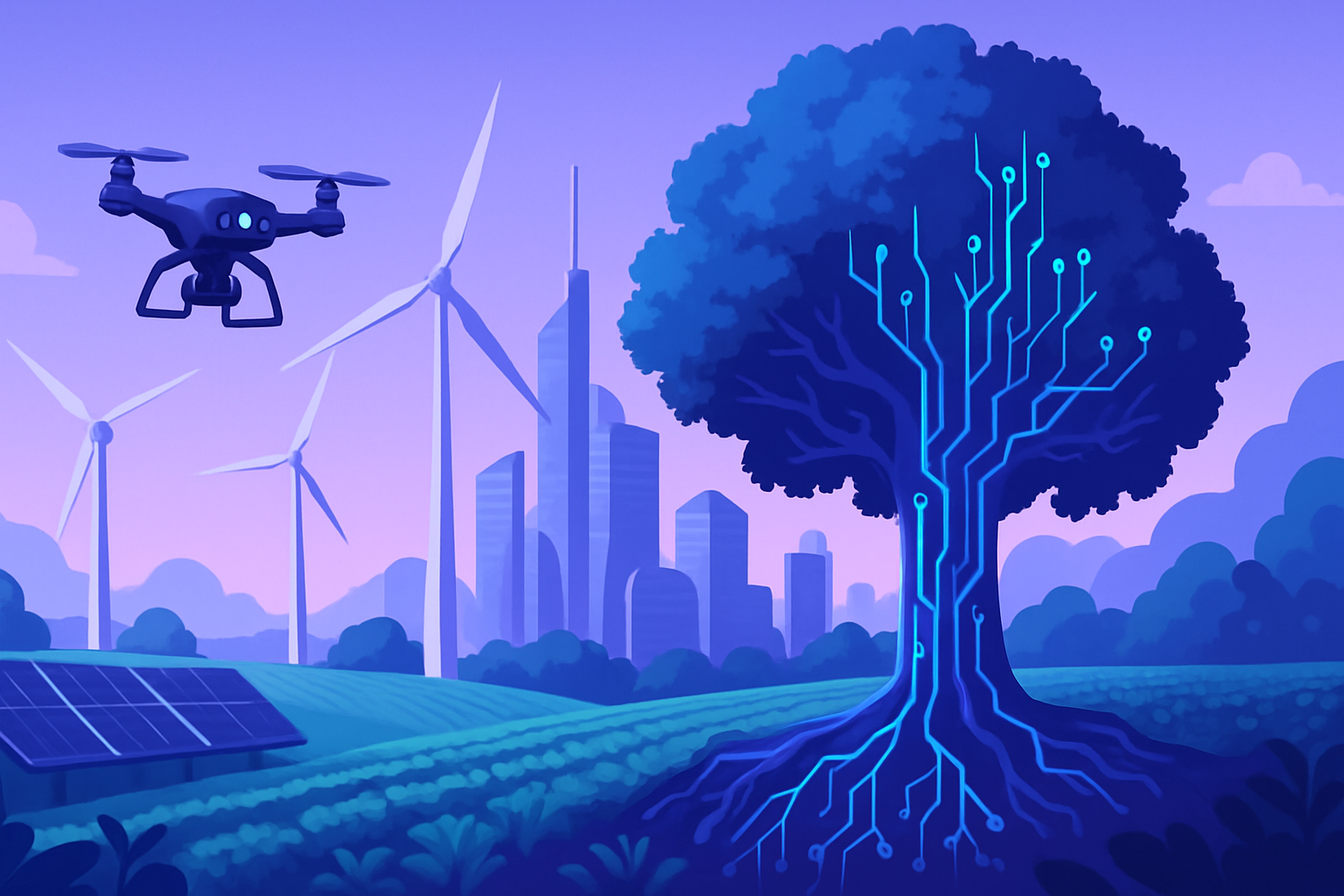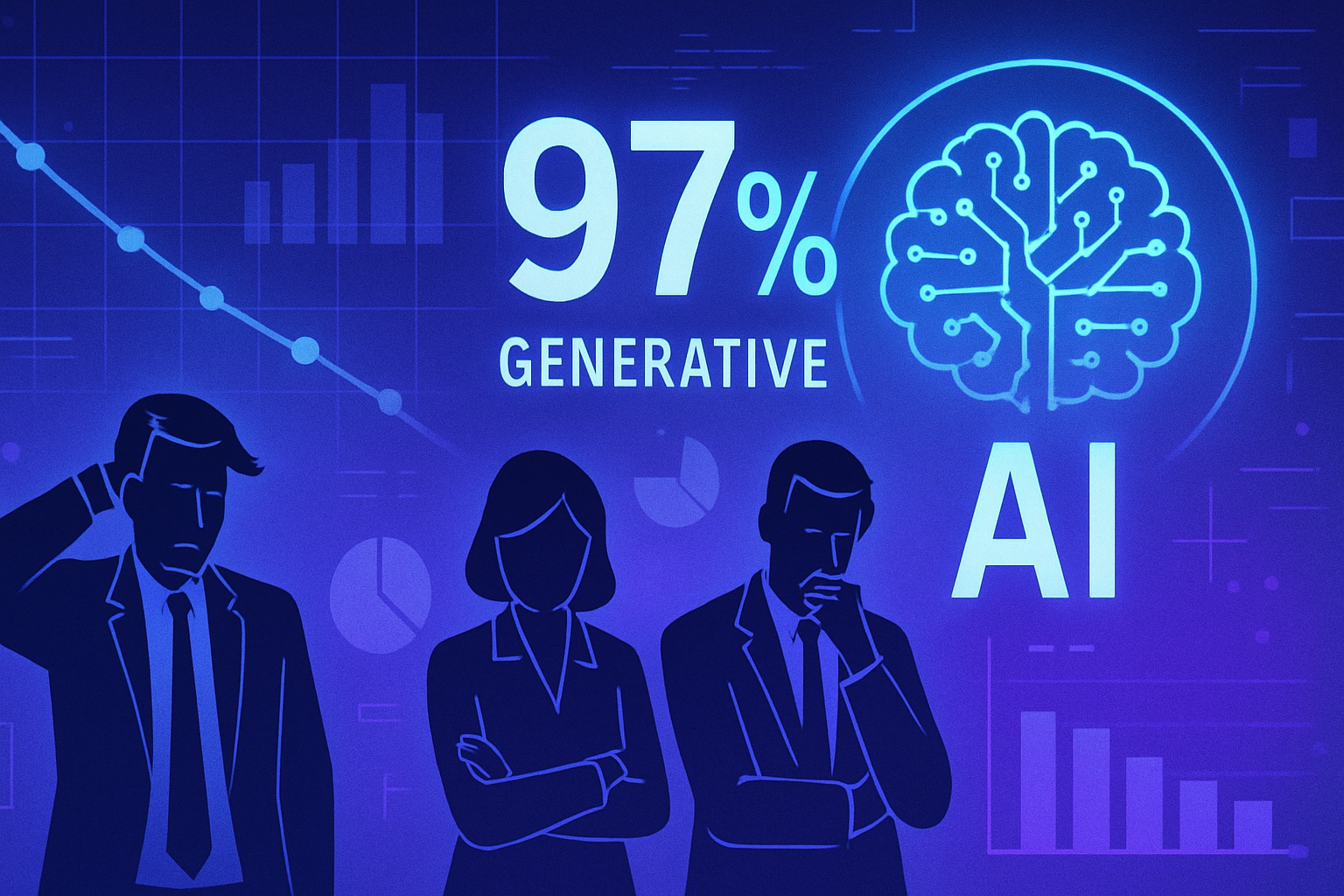The rapid emergence of AI as a key player in the automotive industry is redefining the classic paradigms of design and safety. Under the influence of strict regulations, advanced driver assistance systems are becoming essential, incorporating sophisticated algorithms capable of continuously analyzing the road environment. The transformation of vehicles into intelligent ecosystems requires radical innovation, propelling performance and sustainability. The stakes of this revolution impact both production processes and customer experience, thus shaping a future where the automobile and intelligence converge.
The automotive industry is undergoing a remarkable transformation. This evolution, driven by increasingly stringent safety regulations, demands innovative solutions to meet new challenges. The advanced driver assistance systems (ADAS) that have become mandatory in the European Union illustrate this necessity. The general vehicle safety regulation, along with the criteria of the Euro NCAP program, underscores the vital importance of detection and response technologies regarding dangers.
AI and augmented engineering
Artificial intelligence is quickly establishing itself as a catalyst for innovation in the sector. In the early stages of the vehicle lifecycle, AI accelerates the design and production process. Engineers use generative algorithms and advanced simulations to optimize critical components with unprecedented speed and efficiency.
Examples of battery management systems (BMS) demonstrate this advancement. They continuously analyze the state of the cells, thus preventing overcharges and extending their autonomy. Such capability allows for enhanced control and optimized performance. Even battery chemistry, a field still under exploration, benefits from the analytical agility of AI to test new combinations of materials.
In factories, quality standards are rising thanks to AI. Automated vision systems detect the subtlest defects, far beyond human capabilities. This refinement generates increased reliability. Meanwhile, AI anticipates logistical needs, reduces costs, and streamlines supply processes. Each stage of production thus gains in efficiency, paving the way for agile engineering.
Connected and intelligent vehicles
On the road, AI continues to play a predominant role. Thanks to data generated by sensors, predictive maintenance is becoming a reality. Anticipated breakdowns reduce interruptions, thereby increasing the availability and safety of vehicles.
The onboard experience is also transforming to become proactive and ultra-personalized. Intelligent systems learn driving habits, automatically adjusting settings for optimal comfort. For professional fleets, AI optimizes route planning and tracking, adapting to complex environments such as construction sites or agricultural areas.
The capabilities of AI extend to various aspects, ranging from energy management to dynamic adjustment of insurance contracts. Thus, AI establishes the car as an intelligent ecosystem, integrating connectivity and personalization.
Autonomous and connected mobility
Advanced driver assistance systems (ADAS) rely on sophisticated sensors and reactive algorithms. These technologies respond to increasing regulatory requirements aimed at enhanced safety. Emergency braking and lane-keeping illustrate this advancement.
Autonomous driving, although still in a phase of limited deployment, leverages the full potential offered by AI. This evolution redefines our conception of mobility, allowing the vehicle to move without human intervention in varied environments.
Exchanges between vehicles (V2V) and between vehicles and infrastructures (V2X) open innovative avenues for optimizing traffic and enhancing collective safety. AI thus transforms the urban landscape, redefining mobility norms.
Currently, AI is not just a passing technological trend. It serves as a strategic foundation for the automotive industry, shaping safer, more efficient, and smarter vehicles. Recent developments, such as those reported by Actu.AI, reflect the growing impact of AI on the sector, promising even deeper revolutions.
The outlook towards the future is shaped by collaborations like that of the startup DIA Groq, which expands its capabilities with the launch of facilities dedicated to artificial intelligence in Europe. Announcements of $100 billion investments in AI for schools alongside U.S. innovation policies highlight the strategic importance of these emerging technologies.
Recent developments, such as the first scene of special effects generated by AI by Netflix, illustrate the speed and cost-effectiveness that these technologies enable across various sectors. This dynamic strengthens the need to integrate AI into automotive production.
Finally, military contracts awarded to major companies like Anthropic, OpenAI, Google, and XAI underscore the growing importance of AI in critical sectors, illustrating its potential to transform various markets.
Questions and answers about AI in the automotive industry
What is AI and how is it revolutionizing the automotive industry?
AI, or artificial intelligence, is a set of technologies that enables machines to learn and adapt. In the automotive industry, it optimizes vehicle design, improves safety systems, and allows for predictive maintenance management, radically changing how vehicles are designed and used.
How does AI improve vehicle safety?
AI enhances safety by integrating advanced driver assistance systems (ADAS) that detect and respond to dangers in real-time. These systems use sensors and algorithms to ensure emergency braking, lane-keeping, and other essential features to protect occupants as well as pedestrians.
What are the benefits of predictive maintenance through AI?
Predictive maintenance allows for anticipating potential breakdowns before they occur. Through data collected by sensors, AI minimizes downtime, increases vehicle availability, and ensures a safer and more reliable user experience.
How does AI personalize the user experience in vehicles?
AI learns users’ driving habits and automatically adjusts vehicle settings, such as climate control or navigation, according to individual preferences. This creates a driving experience that is more comfortable and tailored to each driver.
What role does AI play in fleet management?
In fleet management, AI optimizes route planning, improves tracking of sensitive cargo, and adjusts routes based on traffic conditions. This contributes to increased operational efficiency and reduced costs.
What is autonomous driving and how does AI contribute to it?
Autonomous driving relies on advanced AI technologies that allow the vehicle to navigate without human intervention. It uses sensors, cameras, and algorithms to understand and respond to the environment, making journeys safer and smoother.
How are automated vision systems beneficial for production quality?
Automated vision systems powered by AI detect defects in vehicle production with greater accuracy than the human eye. This ensures high-quality standards and reduces the risk of defects in finished products.
How does AI participate in optimizing materials used in vehicles?
AI helps researchers explore new combinations of materials by quickly and efficiently analyzing the performance of existing materials. This leads to advances in battery efficiency and reducing the weight of vehicles, thus improving their overall performance.
What impacts does AI have on the development of smart cities?
AI enables communication between vehicles (V2V) and between vehicles and infrastructures (V2X), which helps optimize traffic and improve road safety. It can also lead to the redefinition of urban infrastructures to better accommodate connected mobility.






